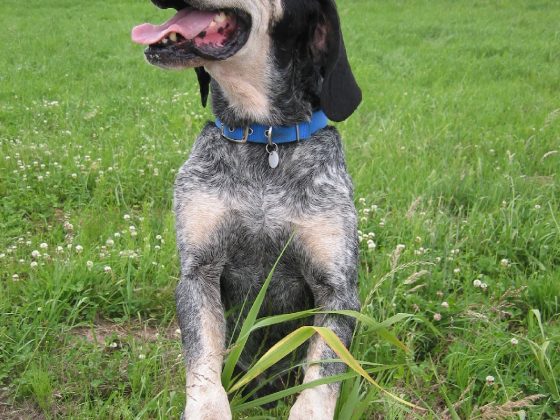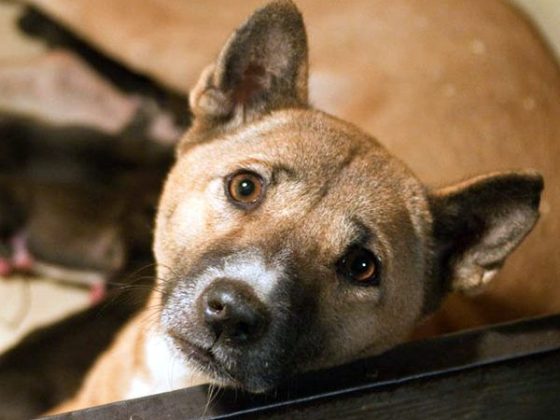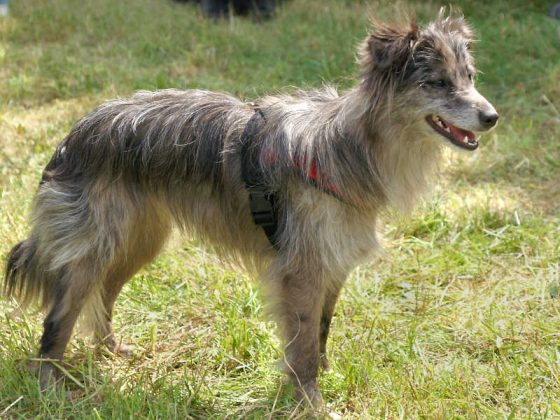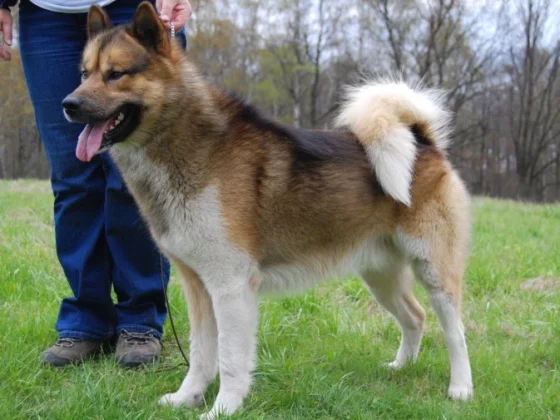The Borador, a delightful mix of Border Collie and Labrador Retriever, is a medium to large, highly intelligent, and energetic dog breed. They are also known as Border Collie Lab or Border Lab. They are perfect companions for owners with an active lifestyle and can adapt to various living spaces. However, due to their active nature, they require ample space for activities and play. If you’re in search of a dog that exhibits loyalty, affection, and friendliness, a Borador would be an excellent choice.
Origins and History
The Borador has been in existence for quite a while, but intentional breeding of this mix likely began in North America in the 2000s. The Labrador Retriever, one of the parent breeds, originated in the 1820s, while the Border Collie came into existence around 1915. The Borador was bred with the intent to create a smart, family-oriented dog.
Behavioral Traits of Boradors
Boradors inherit a blend of characteristics from their parent breeds. They are known for being caring, confident, independent, and intelligent, and they have a strong desire to please their owners. As family-oriented dogs, they enjoy participating in family activities.
Boradors can also be quite laid-back, content to laze around the house with their family. However, their friendly demeanor doesn’t make them ideal watchdogs, as they are typically friendly towards strangers. Though sociable, a Borador will alert its family to unusual noises or the presence of strangers. With proper training, they can be taught to serve as effective guard dogs.
Trainability
Boradors, given their intelligence, can be trained relatively easily with the right guidance. However, being easy to train does not necessarily mean they are always well-behaved. They retain the strong herding instincts of their parent breeds and need to be taught proper behavior. They are quick learners during training but can be stubborn at times.
Patience, positive reinforcement, and treats are recommended during training sessions. Since Boradors are generally cheerful dogs, they enjoy their training periods with their owners. It’s important to remember that they can pick up bad habits as quickly as good ones, so thorough and consistent training is crucial.
Child-Friendliness of Boradors
Boradors are friendly dogs that thrive in family environments, and they are especially good with children. They usually get along well with children and other pets. Despite their affectionate nature with children, supervision during playtime is recommended. It’s also essential to teach both the dog and the children how to behave around each other to ensure a safe and positive interaction.
Health Issues
– Osteochondritis Dissecans: This condition involves the separation of cartilage from the underlying bone. It primarily affects the shoulder joints but can also occur in the elbow, hip, or knee joints. It is most commonly seen in dogs with diets high in calcium and energy. Mild cases can heal with rest and care, while severe cases may require surgery or arthroscopy.
– Progressive Retinal Atrophy (PRA): PRA is a group of degenerative diseases that impact the photoreceptor cells in the retina. As the disease progresses, it can lead to blindness, initially affecting night vision and eventually day vision. Currently, there is no effective treatment, so regular check-ups are recommended.
Appearance
Boradors come in various colors, including black, brown, white, and tan.
Height: Male Boradors typically stand 20-23 inches tall, while females stand 19-22 inches tall.
Weight: Male Boradors usually weigh between 46-65 lbs, while females weigh around 40-60 lbs.
Cost of a Borador
The average price for a Borador puppy typically ranges from $200 to $500.










